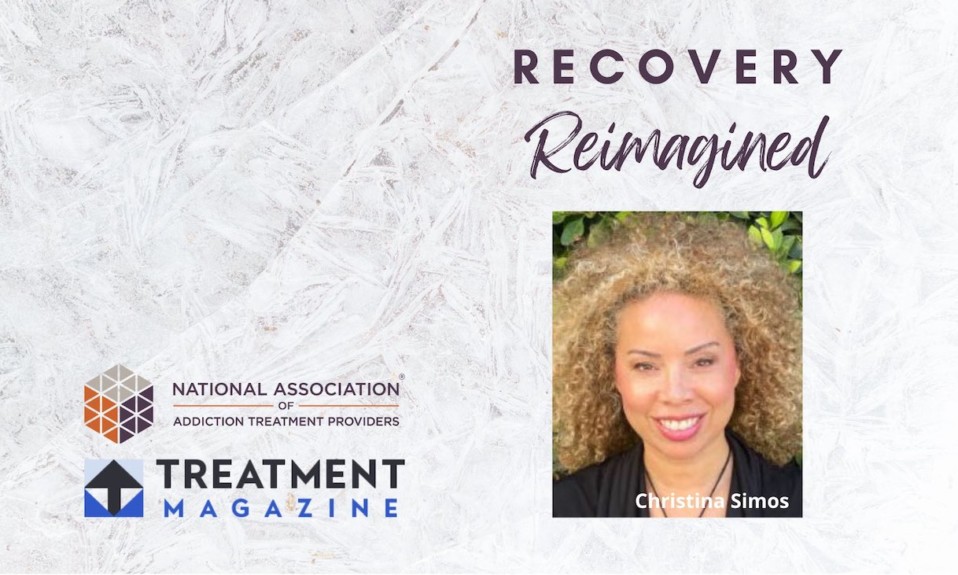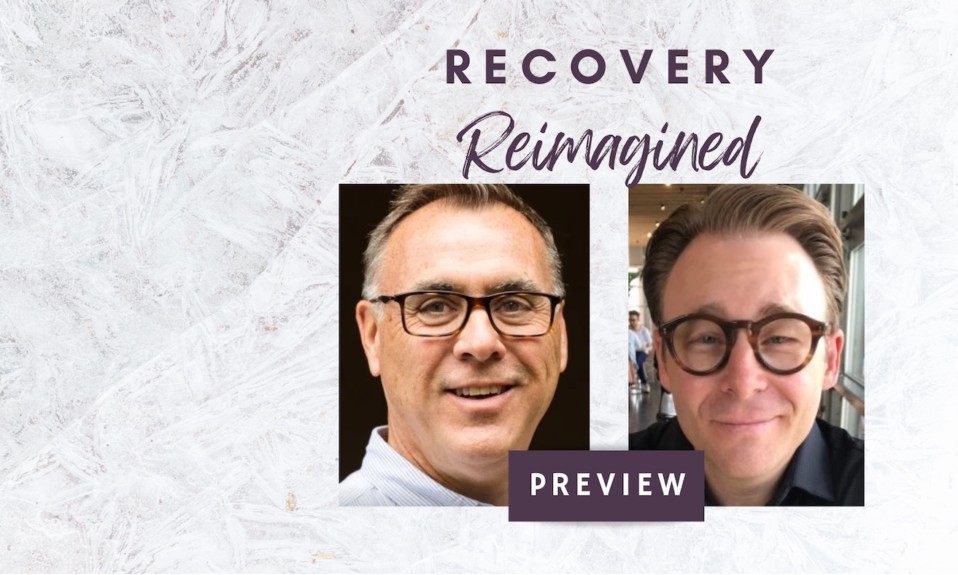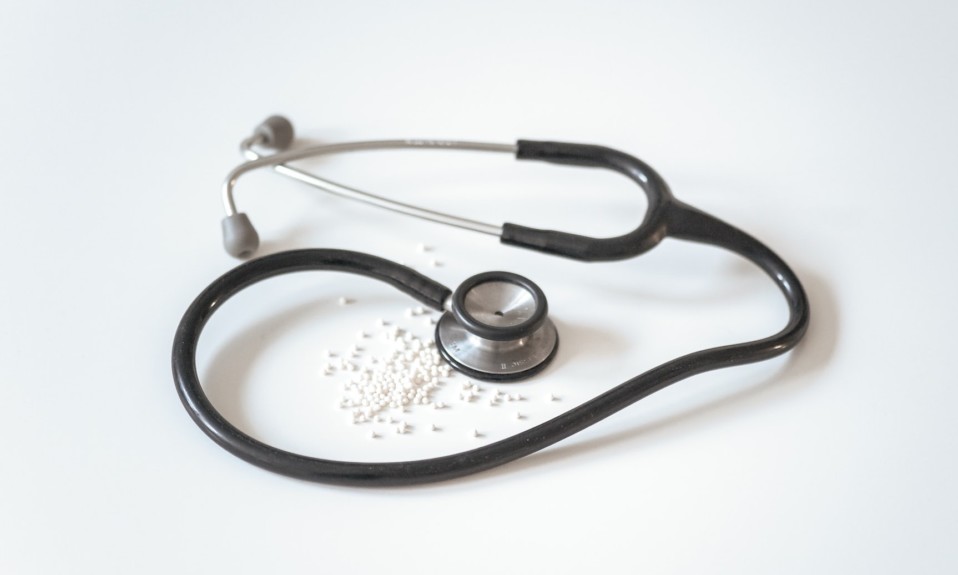The new executive director of Friendly House dives into a variety of topics, including why she feels she needs to be a disruptor in the treatment field
By Annie Peters, PhD, LP
Editor’s note: As part of our Recovery Reimaged series, we Zoomed with Christina Simos, the new executive director of Friendly House in Los Angeles. Friendly House is the oldest residential program in the U.S. for women with substance use disorder, serving patients since 1951. The interview was conducted by Annie Peters, PhD, LP, of the National Association of Addiction Treatment Providers (NAATP) and covered topics ranging from disparities in addiction treatment to Simos’ definition of “outreach.” Recovery Reimagined is a collaboration between TreatmentMagazine.com and the NAATP whose objective is to bring new ideas to the fore through interviews with leaders in addiction and mental health treatment.
ANNIE PETERS: First, could you tell us a little bit about the history of Friendly House? What makes it unique, and what it’s like being the new director?
CHRISTINA SIMOS: Friendly House was established in 1951. We were the first women’s recovery program ever created. I think High Watch is about 80 years old, and we’re 71. We’ve been working with women from all walks of life—that alone is significant. We’ve been able to withstand a lot of change. We are 12 step-based. We are small; we’re nonprofit, and we really know our people.
I will also say that I was a resident 17 years ago. I walked into Friendly House completely broken. I did not think that there was any way that I was going to feel happy, whole, joyous, free—any of that kind of stuff. Peggy Albrecht was the executive director at that time. We’ve only had four directors in the 71 years, so that’s also significant and unique. Bea Jorgensen was the first; Peggy was the second; Monica Phillips was the third, and I’m the fourth. Peggy took me under her wing and really showed me that there was healing, that there was hope, and that there was recovery. To be sitting in this position now, being able to help women who walk through these doors busted like I did, has been an honor and a privilege.
“If you have resources, if you’re advantaged, you can get proper care. If you don’t, then you’re beholden to whatever is available. There’s a significant difference in the care that’s provided at some of the facilities.”
—Christina Simos
AP: It’s great to hear about your story and unique perspective and hope that you bring to this position. We were just talking before we started about how you’re working on developing a new version of Friendly House. What do you mean by that?
CS: There are racial inequities and health disparities that are rampant in this country. I feel that, as a queer woman of color, it’s my responsibility to address those. Part of my mission is to make sure we have a culturally competent standard of care for BIPOC and LGBTQ+ individuals so that when they come in they are seen, and we have a curriculum, a staff, a clinical presence that’s able to address some of the unique needs of these populations. I’m very proud of the work we’re doing. I consider us like a pilot program right now. We’re doing trainings; we’ve done all the work, and we’re going to look at our outcomes. Then we’re going to talk about it so that other folks can say, “This does work. It is worth it. Let me incorporate that into our program.”
AP: This fits in with the banner of our project: Recovery Reimagined. Could you elaborate on what you feel needs to be reimagined in the field of addiction treatment and recovery?
CS: Access to care. If you have resources, if you’re advantaged, you can get proper care. If you don’t, then you’re beholden to whatever is available. There’s a significant difference in the care that’s provided at some of the facilities. Leadership has to take more of a role in providing better access to care. If the leadership doesn’t see that there’s an issue with providing treatment to those that are marginalized or underserved, then we don’t see the change. We have the status quo, and the disparities in the gaps and treatment are wider. That’s a problem for me.
AP: That isn’t something I hear a lot of treatment leaders talking about, and I would love to hear that more. When you say leaders have to take a role in expanding access to care, how can they do that?
CS: I can tell you how I’m doing it. I’m a little 12-bed nonprofit sitting here in Los Angeles, in a very oversaturated market. I started with my clinical staff. I enrolled all of them and myself into Resmaa Menakem’s Somatic Abolitionism workshop. It’s a six-month-long workshop, doing some internal work and looking at our own values and making those changes. I started with my clinical team, and then I moved to my support staff. I diversified my staff because there’s something monumentally important when I walk into room and I see a version of myself. Diversifying staff, training my staff, and then doing outreach. We get to talk about these things and have difficult conversations about what we’re doing to create better access to care. I also have raised money for scholarships for those that may not be able to afford treatment. A lot of big corporations make a lot of money. Creating a space for more folks that don’t have a lot of resources or no resources to get help is important.
AP: What does the outreach look like? If the focus is on expanding access to care, what does it look like to do community outreach?
CS: We have to start small because some folks are still like, “I don’t know about this. We keep everything in the family.” We started with an open meeting, and we have a dinner before a meeting. We’ve started doing monthly groups for the community to give them education and a place to ask questions. That starts a process of building trust in the community. We’re not asking for anything; we’re just being there for everybody that wants to ask questions or find resources. Then we start doing trainings, like Narcan trainings and things of that nature. We work on the stigma and build the trust and create open communication about addiction and alcohol abuse.
“Don’t let me start about Roe v. Wade. Female-identified and nonbinary folks are dealing with that, and it creates an environment where a drink sounds really good. Checking out sounds really good. We’re addressing these things that have been missed and really helping the whole person get some relief.”
AP: So you’ve made an investment in training your staff in cultural competency and barriers to access to care, and then taking those messages from an empowered staff perspective into the community, which provides them a space to talk and builds trust.
CS: People say we need to do more outreach and I say, “Hold it. Pump the brakes. If your program isn’t equipped to handle those folks that you’re outreaching to, then it doesn’t work. First you have to train your staff and then update your curriculum.” We have a collective cultural trauma curriculum that addresses the collective trauma that we all experience, in these times with George Floyd and all of these things that are happening. We really look at racial trauma, and then we also talk about the patriarchy, because that is trauma. Don’t let me start about Roe v. Wade. Female-identified and nonbinary folks are dealing with that, and it creates an environment where a drink sounds really good. Checking out sounds really good. We’re addressing these things that have been missed and really helping the whole person get some relief.
AP: Yes, we’re going to need more and more of this kind of service with the environment that we’re in, sadly. Have you seen other any other promising changes in the field in recent years?
CS: It’s just recently that I’ve seen more studies being done in Black communities. There hasn’t been a lot of research, and there’s a lot to be done. I do think the conversation has started, but more needs to be done. I don’t think a lot has changed. I’ve been in this industry for 10 years. I still am the only [Black person] in lots of rooms. NAATP was the first place that I saw real, non-performative, action-oriented discussions and plans of action being talked about and implemented. And that’s only in the last year or so.
AP: What would you like to see change in our healthcare system, or in what providers do, that would make the biggest impact?
CS: We really need to start looking at ACEs [adverse childhood experiences]. Those things really are indicators of where these young folk are at. The higher these scores, the more these folks are to have violent relationships, substance abuse, health problems. We can start to look at this younger, versus waiting until they get to our treatment facility. Having these ACEs in our assessments might help us. I do also think that we need to change the way insurance companies work with their clients. The time that is really needed for someone to get rooted and stabilized, the insurance companies don’t cover. You’ve got people doing cyclical emergency room, urgent care, IOP [intensive outpatient program]. All this money is spent doing these things instead of giving somebody 30, 60, 90 days of treatment. Providers would see better outcomes, and insurance companies would actually save money.
AP: What are the steps that can get us to these changes, and what are the roadblocks?
CS: Bigger corporations have lots of money to do lots of marketing and lots of outreach. The other ones don’t have lots of funds to do all that marketing, to tell people how amazing we are. If you have diversity in leadership, if you create lanes for folks to move up, then you have more consciousness. I don’t think there’s even awareness with some treatment providers of any of this, because they’ve never had to deal with anything. Mentorship is important. When you see somebody that has talent, to be able to really help them. I had to learn everything, and if I hadn’t had some people mentor me, I don’t know that I would have known that I could do what I’m doing now.
AP: Thank you so much, Christina. It’s great to hear about your program and all the work you’re doing with your staff and the community, changing leadership and changing outreach. Anything else that comes to mind?
CS: We can’t make the change on our own. There has to be a willingness to part with some of the power. There has to be a sharing of some power so that we can make changes. There just has to be. It is the right thing to do. It is good for all the people that we are trying to help—not just some, but all. And we have to do this together. I cannot do it on my own. I look forward to disrupting and having a conversation that is uncomfortable but needed.














